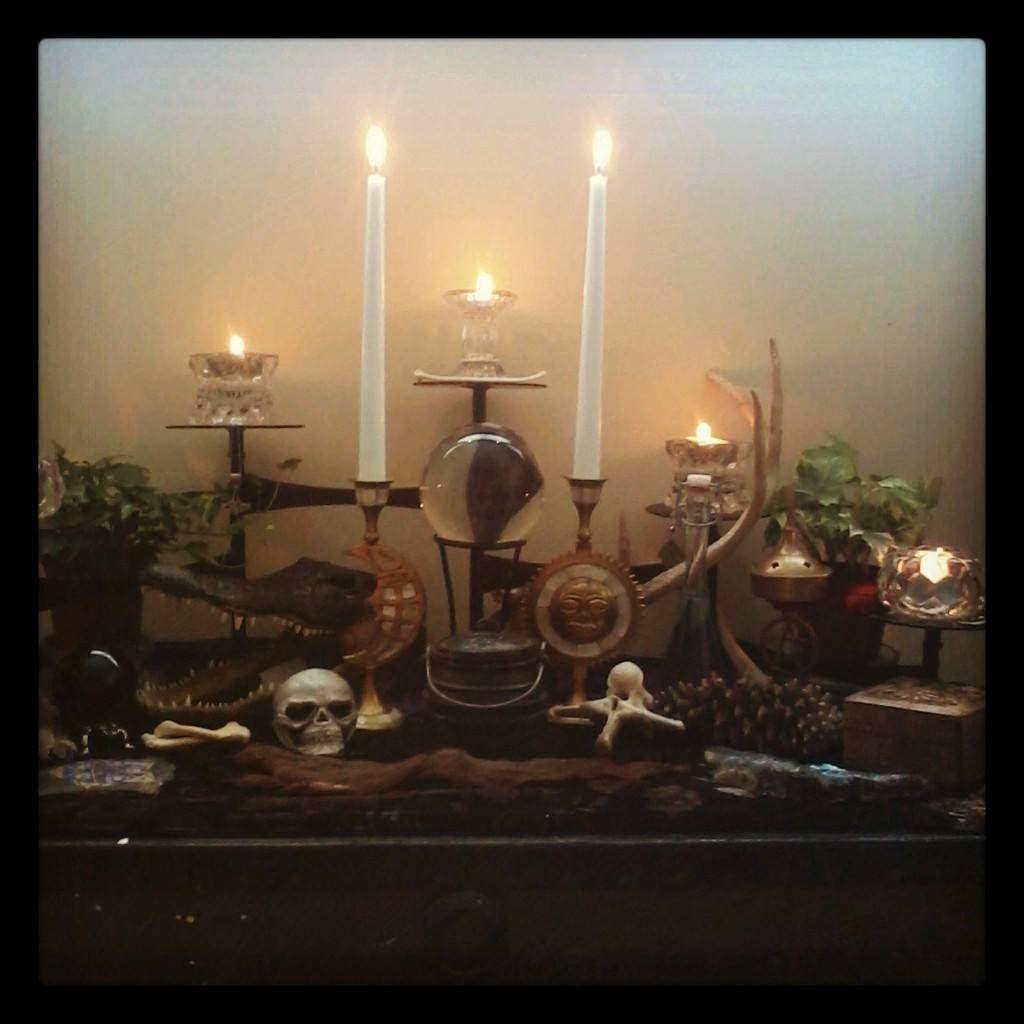Blog
How to become a witch
I thought this would help the person looking to set up the basics to practice witchcraft. Here is a list of the ingredients and bits and pieces you will find useful in practicing your craft. Keep them apart from your everyday things.
Before you use any of them in a spell, simply exorcise them with fire and water.
A Witch’s Initial Supplies
BWC suggests the following items for the beginner to witchcraft
1. Charcoal blocks for the thurible. Preferably self-igniting, but the regular kind will do, sprinkle with a few drops of alcohol or cheap cologne to ignite. You can obtain them from most religious supply stores. A lot of shops specializing in the sale of exotic foreign imports also stock them. Be sure to get them unperfumed, though.
2. A supply of plain, undecorated white candles about six to nine inches long. Beeswax is excellent, but ordinary tallow or stearin will do well. Candles of other colours such as black or red will be mentioned in the spells, where they are called for.
3. Salt. Ground rock salt is best, but ordinary table salt will do for exorcisms.
4. Water. Tap water will do for exorcisms, but distilled water such as used for steam irons will be needed for your philters and elixirs.
5. White masking tape. Most art suppliers stock this. It is very useful for the temporary marking out of circles or triangles, particularly where group work is concerned.
6. Good-quality plain white drawing paper for your talismans. Ideally, sheepskin parchment, but this is very expensive and the paper will do just as well.
7. An elementary schoolboy’s geometry set including compasses, protractor, ruler, and set square. This is to draw your talismans and sigils (magical symbols) with.
8. A small sewing kit containing scissors, needles, and thread.
9. A dip pen; your “pen of art” (not a ballpoint) for drawing talismans and writing in your workbook. 10. A good-quality (squirrel or sable) paintbrush for painting runes on your magical tools.
11. Thick black waterproof ink to use with your dip pen; your “ink of art.” To this, you may add a perfume or herb at the time you cast your spell, consonant with its nature, such as powdered basil for love, cinnamon for intelligence, etc.
Tradition-minded witches make their own ink with one of the following two recipes, usually the latter:
Either:
Powdered gall-nuts
Roman vitriol or green copperas Alum or gum Arabic
or
Gum Arabic
Powdered burned peach kernels
Soot or lampblack (hold the back of a spoon over a candle) Distilled water
12. A selection of household glues.
13. Paint, both black and white; your “paint of art.” Most witches find a stove enamel is best because it takes on ceramic and glass as well as metal. You will be using it to inscribe the runes on your working tools.
14. A small square table to practise on, of cardtable size. This throughout the text will be known as the “table of practice” or “altar.”
15. A good assortment of jars and bottles. Little medicine bottles are extremely handy for containing philters and powders. The herb jars sold in various sizes at shops dealing in fancy kitchenware are, of course, ideal.
16. Finally, a generous supply of adhesive labels for easy identification of your preparations. Many a hex powder looks all too similar to a love sachet mixture! Enough said.
17. Finally a sharp, white-hilted knife for preparatory cutting or “bigraving” (engraving).
These are you basics. You can build up your stock as you go along. Try to keep all your magical things together, preferably locked away in a safe place—perhaps a cupboard or closet reserved for the purpose. Of course, the best of all is a room dedicated to your craft.
If I have left anything out that helped you in your start in witchcraft, please let us know, and we will add it to the list.
#BWS


5